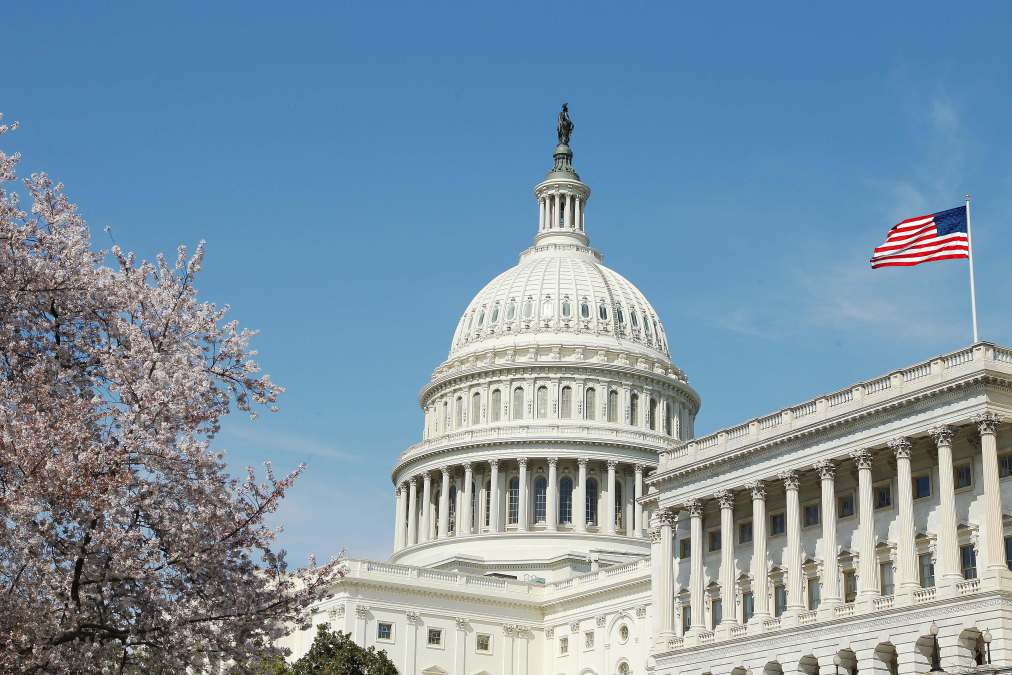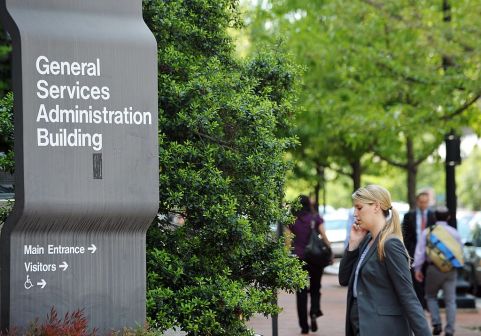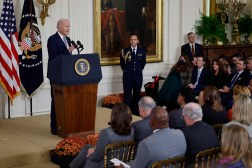Women account for 27% of federal tech workforce, EEOC study finds

Women make up just 26.9% of the federal technology workforce, according to a new study by the Equal Employment Opportunity Commission.
The research found that out of a total of 86,977 government employees working in technology jobs, only 23,378 were female.
EEOC conducted the study by analyzing data from fiscal year 2019, form 462 EEOC complaint data as well as select Federal Employee Viewpoint Survey data.
Overall, the agency found that across all science, technology, engineering, and math (STEM) jobs in the federal government, women account for 29.3% of all jobs. Science occupations had the most, while math occupations had the fewest.
According to the EEOC study, most women working in STEM positions within federal government – 66% — are white. By comparison, 14.6% were African American, 9.8% were Asian, 6.4% were Hispanic or Latina, 1% were American Indian/Alaska Native and 0.3% were Hawaiian or Pacific Islander.
“For many years the STEM workforce in the United States has been predominantly male, and overwhelmingly white and Asian. Though their numbers have been growing in recent decades, women make up only 26% of employed scientists, with minority women representing only 11% of that total,” the EEOC report said.
Researchers have previously pointed to work-life balance, gender bias, sexual harassment and the limited pool of female role models and mentors as contributing factors to the low number of women in STEM jobs.
Addressing the gender balance of technologists working in government, as well as creating a more diverse pipeline of cybersecurity talent, has been a top priority for the Biden administration.
In a speech last October, General Services Administration (GSA) chief Robin Carnahan issued a rallying cry for women working in the technology industry to consider a career in public service and to join federal government.
“The problems we face today are big, they didn’t materialize overnight and it’s going to take your creativity, your fresh set of eyes, and your technical skills to reimagine the future and then build the solutions that the American people deserve,” she said at the time.
A report by the Aspen Institute last year found that women make up just 24% of the wider cybersecurity workforce.
Commenting on the study findings, Carnahan said: “These numbers reflect that we have a long way to go in providing pathways for women to join the federal technology workforce and to stay and succeed once they do so. We must do better.”
“While many of our technology leaders here at GSA are women, we’re working to create the type of flexible work environment that better supports,” she added. “We’re also being more intentional about lifting up and mentoring women and folks from underrepresented communities who want work in government. If we foster an environment where women in tech can thrive, we’ll do an even better job of delivering the government services that millions of women and men need – and strengthen our democracy overall.”
Executive director of the ADI industry group Ross Nodurft said: “The Alliance for Digital Innovation believes that investments in growing, developing, and diversifying the technology workforce are critical to modernizing the government’s digital services capabilities. He added: “ADI and its member companies will continue to partner with policy makers in Congress and the administration to invest in a diverse technology workforce to meet the current and future needs of our government.”
Editor’s note: This story was updated to include comment from ADI.






